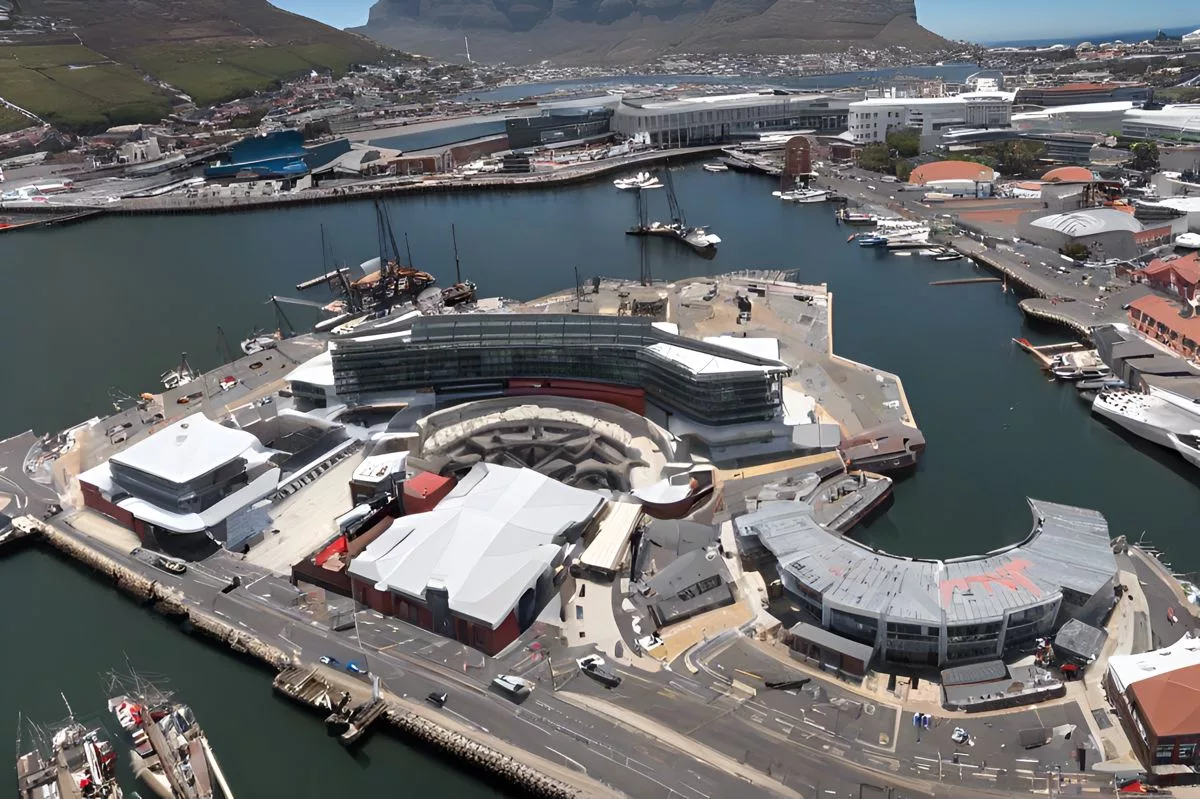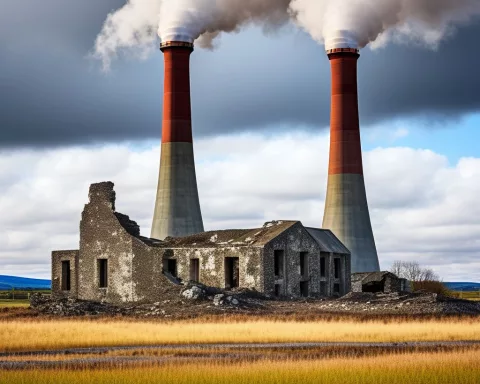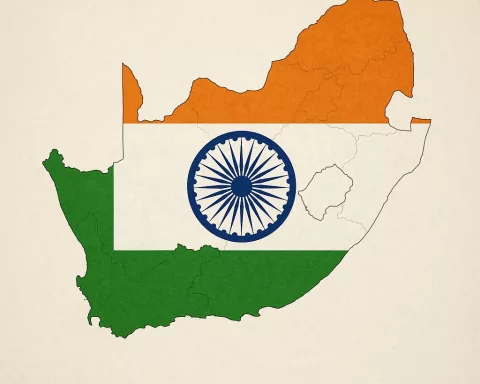The V&A Waterfront in Cape Town has undergone a major upgrade, worth R20 billion, transforming it from a functional port into a thriving centre of commerce, hospitality, and tourism. The site has initiated a rezoning application to bring its vision for the Granger Bay area to life, with future plans that include re-establishing public access to the ocean’s edge. The public is encouraged to participate in this process, making it a collaborative endeavour to preserve and improve the city’s iconic site.
What is the V&A Waterfront in Cape Town?
The V&A Waterfront in Cape Town is a commercial powerhouse and tourist attraction that has undergone significant physical and historical transformation. Its upgrade includes provisions in accordance with the National Heritage Resources Act, and the site is now a bustling zone of activity and progress with a limited scope for future expansion. The site has initiated a rezoning application to bring its vision for the Granger Bay area to life, with future plans that include re-establishing public access to the ocean’s edge.
Transforming the Cape: The Metamorphosis of the V&A Waterfront
Embracing a significant transformation, the V&A Waterfront in Cape Town is experiencing a grand scale upgrade, worth an impressive R20 billion. This upgrade encompasses not only substantial physical alterations but also mirrors its historical transformation from a functional port to a thriving centre of commerce, hospitality, and tourism. A unique aspect of the upgrade includes rezoning provisions in accordance to the National Heritage Resources Act.
This South African gem, renowned for its rich history and cultural diversity, offers an unparalleled experience for locals, as well as international visitors. But its heritage value extends beyond its physical structures. It includes the spaces that surround these buildings, the relationships among them, public spaces, iconic views, vistas, and landmarks.
Delving into its past reveals that the V&A Waterfront in the mid-19th century was a bustling port, a site of forced labour and incarceration. Over the centuries, it transitioned into an international trade centre, and ultimately, to its present incarnation as a commercial powerhouse and a widely popular tourist attraction, always buzzing with excitement and activity.
The Past, Present, and Future of the Waterfront
Donald Kau, the communications head for the V&A Waterfront, sheds light on the Heritage Impact Assessment report. This extensive document explores the site’s heritage value, unearthing a series of themes that have evolved over time. The report provides an array of insights into the waterfront’s evolution from a harbour to its present status as a leading tourist destination.
A landmark event occurred thirty years ago when a zoning agreement revitalised the once run-down docklands. This paved the way for creating 603,859 square metres of floor space, a figure that increased subsequently. The zoning agreement injected new vigour into the previously neglected area, converting it into a bustling zone of activity and progress.
Today, the developmental rights of the Waterfront are mostly accounted for via approved plans, leaving a limited scope for future expansion. To address this constraint, the site has initiated a rezoning application from ‘development zone’ to ‘Mixed Use 3’. This shift will empower the V&A Waterfront to bring its vision for the Granger Bay area to life, with future plans that include linking the site to the Atlantic Ocean coastline.
Future Plans: Granger Bay Development & Public Participation
The Granger Bay development area will cover about 66% of the 440,000 square metre floor space. The objective is to shape this site into a residentially driven, mixed-use development equipped with extensive public and cultural amenities. One of the key features of this plan includes re-establishing public access to the ocean’s edge.
The remaining 34% of the floor space is envisaged for another portion of the Waterfront property, which incorporates the Canal District. Future blueprints also include an inner-city park with a variety of leisure and recreational facilities centred on the remnants of the historical Amsterdam Battery.
Public participation in this transformation process is encouraged, with an opportunity to submit comments or objections concerning the rezoning application to Ms. C Postlethwayt by 2 September. This allows the general public to partake in the waterfront’s transformation, making it a collaborative endeavour to preserve and improve the city’s iconic site.
The Waterfront Evolution: A Testament to Cape Town’s Dynamism
The evolution of the V&A Waterfront symbolises Cape Town’s vibrant dynamism. However, it also signifies the city’s inherent capacity to adapt and evolve while safeguarding its heritage. The successful transformation will serve as yet another accolade for Cape Town, further consolidating its status as a city that honours its past while fearlessly embracing the future.
1. What is the V&A Waterfront in Cape Town?
The V&A Waterfront in Cape Town is a commercial powerhouse and tourist attraction that has undergone significant physical and historical transformation. Its upgrade includes provisions in accordance with the National Heritage Resources Act, and the site is now a bustling zone of activity and progress with a limited scope for future expansion.
2. What is the value of the Heritage Impact Assessment report?
The Heritage Impact Assessment report sheds light on the heritage value of the V&A Waterfront and provides an array of insights into the waterfront’s evolution from a harbour to its present status as a leading tourist destination.
3. What is the Granger Bay development area?
The Granger Bay development area covers about 66% of the 440,000 square metre floor space and is envisioned as a residentially driven, mixed-use development equipped with extensive public and cultural amenities, including re-establishing public access to the ocean’s edge.
4. What are the future blueprints for the Canal District?
The future blueprints for the Canal District include an inner-city park with a variety of leisure and recreational facilities centred on the remnants of the historical Amsterdam Battery.
5. How can the public participate in the waterfront’s transformation process?
Public participation in this transformation process is encouraged through an opportunity to submit comments or objections concerning the rezoning application to Ms. C Postlethwayt by 2 September.
6. What does the evolution of the V&A Waterfront signify for Cape Town?
The evolution of the V&A Waterfront signifies Cape Town’s vibrant dynamism and inherent capacity to adapt and evolve while safeguarding its heritage. The successful transformation will serve as yet another accolade for Cape Town, further consolidating its status as a city that honours its past while fearlessly embracing the future.












